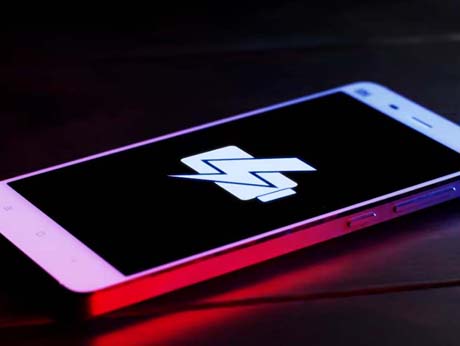
As mobile phone users face chronic battery blues, technology offers some solace
Bangalore, February 27 2017: The computing clout of your mobile phone, grows exponentially with every new release: Processors are now Octa-core -- 8 times more powerful than just 5 years ago. The RAM memory has grown on some handsets to 6 GB -- more than many laptops. Displays handle ultra HD or 4K video. All these are power guzzlers -- and sadly power is perennially in short supply on most phones. There is so much nostalgia for phones like the Nokia 3310 that worked for days on end with a single charge, that they are planning to release a new edition later this month.
There are two approaches, currently being tried to overcome customers' battery blues with the only power technology currently in use: Lithium-Ion ( Li-Ion):
One, is to pack in bigger batteries into the phone --We have reviewed at a phone with a whopping 5000 mAh battery here -- almost twice as big as most competitors. The downside here is size -- big battery phones tend to be bulky.
The second approach is to tap technology that ensures very fast charge -- usually attaining 60-70% of the full charge in about 30 minutes. Most of these technologies are proprietary: The Super VOOC Flash used by Oppo or Dash Charge that is comes with OnePlus phones. Manufacturers of the chips that fuel the phone, have launched their own rapid charging solutions. Phones using Mediatek processor are able to roll out that company's PumpExpress fast charge technology. Phones with a Qualcomm Snapdragon processor have access to Quick Charge technology.
How do these technologies work to reduce the charging time? Phones charge through their USB ports. If you use the standard charger cable ( usually interchangeable with many phones), it works at 5 volts DC and 0.5 amperes, which multiplied, gives 2.5 watts of power. The proprietary fast chargers boost the current handling to 4 or 5 amps and use special charging cables which work with higher voltages, as high as 9 - 12 V DC. Simple maths shows how this can sharply increase the current used to charge the battery. Dash Charge works at 4 A and 5 V and ensures that the extra heat is not spread to the phone but to the power adapter.
They do the charging in two stages: First, use high power to rapidly charge the phone to 75-80% of its full charge in a very short time. Then reduce the power to slowly top up the battery to full charge. This allows companies to claim that their phones can attain 80% charge in 30 minutes or in the case of Qualcomm Quick Charge, " 0 to 50% in 15 minutes" or "5 for 5: 5 minutes charging, 5 hours of battery life".
With the new Type C USB connector becoming more common, there was some fear that some of these proprietary technologies might not match the power delivery standards of this reversible connector. But Qualcomm has announced the latest Version 4 of Quick Charge for commercial availability by June 2017, with Type C compatability. QC 4 can also charge two devices at the same time.
Remember all fast charge technologies work today only with the special charger provided. These can cost as much as Rs 1500 each and so far the industry has not agreed on a universal fast charge design. Meanwhile we can only say Amen to the mantra of one fast charger: Less time in socket, more time in pocket!